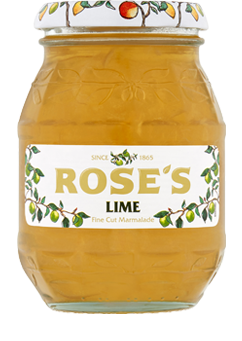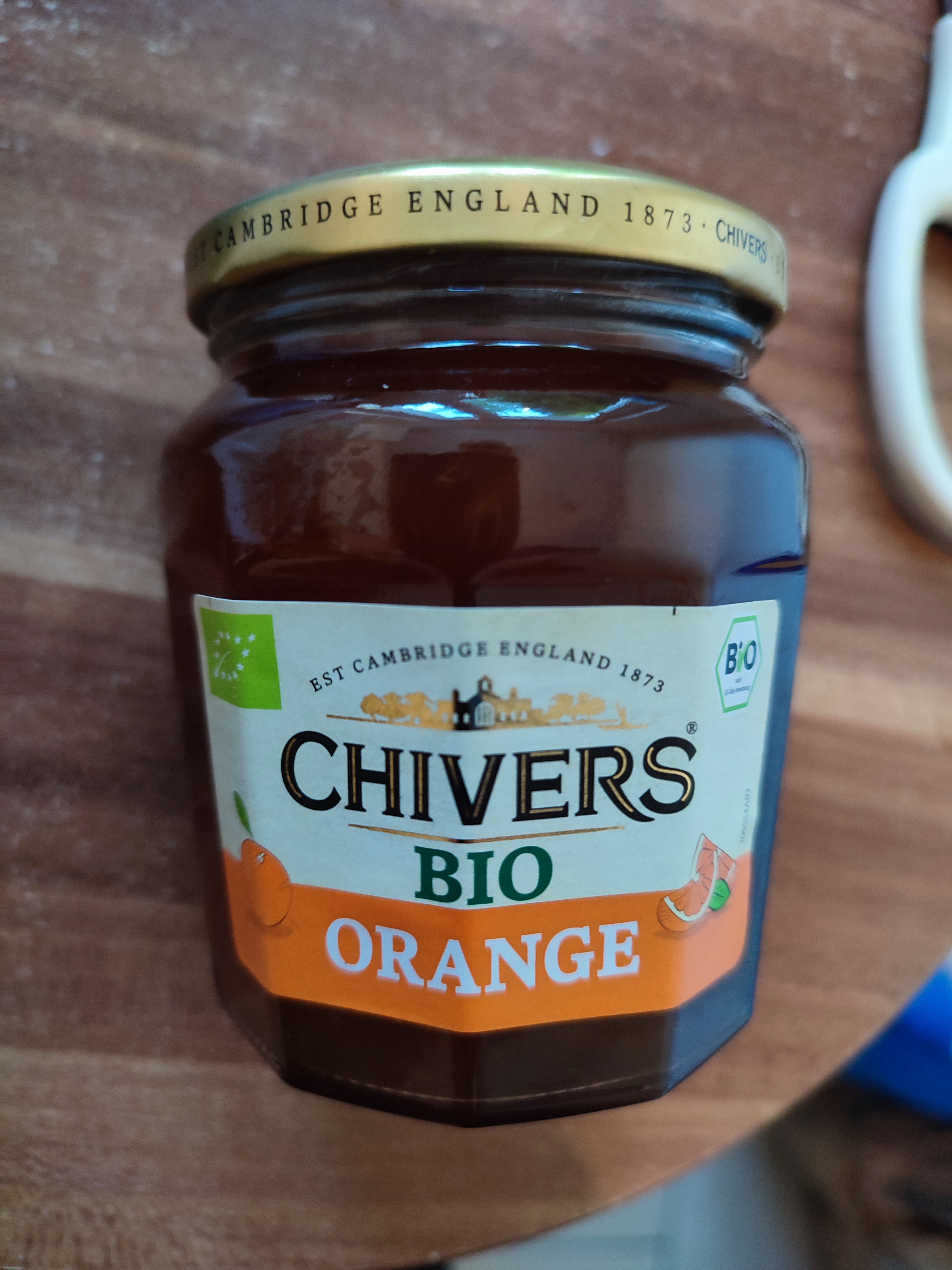I have been doing a bit of reading about this yeast and it intrigues me. I love apricot and one of the flavors on this is just that. My confusion runs into the best temp to run this at. The recipe I am using is this:
https://share.brewfather.app/Tg49h6TXdRgmZd
I am wondering if going lower in the temp range will bring out the apricot in the yeast, or going higher would be better? Also, the original recipe I saw the grain bill was a bit lower, so I rounded up just to make it easier as I have to buy grain in 1 pound increments. Any input on the recipe or the yeast is much appreciated.
Also, I was thinking of upping my base malt by a pound or two just to get my OG up. But my thought is to just go with what it is and see what I get.
Thanks in advance for any input.
https://share.brewfather.app/Tg49h6TXdRgmZd
I am wondering if going lower in the temp range will bring out the apricot in the yeast, or going higher would be better? Also, the original recipe I saw the grain bill was a bit lower, so I rounded up just to make it easier as I have to buy grain in 1 pound increments. Any input on the recipe or the yeast is much appreciated.
Also, I was thinking of upping my base malt by a pound or two just to get my OG up. But my thought is to just go with what it is and see what I get.
Thanks in advance for any input.














![Craft A Brew - Safale BE-256 Yeast - Fermentis - Belgian Ale Dry Yeast - For Belgian & Strong Ales - Ingredients for Home Brewing - Beer Making Supplies - [3 Pack]](https://m.media-amazon.com/images/I/51bcKEwQmWL._SL500_.jpg)














































